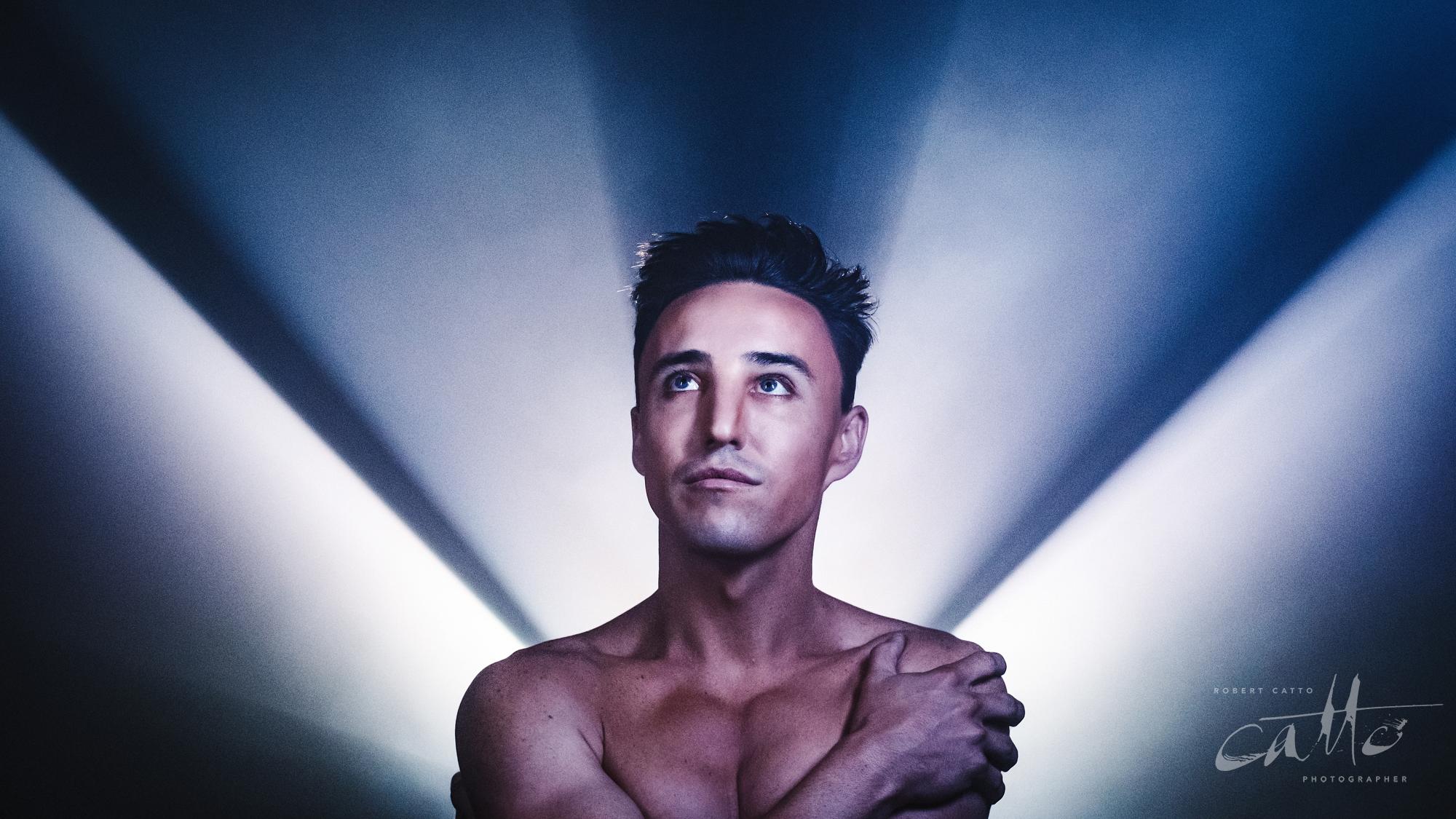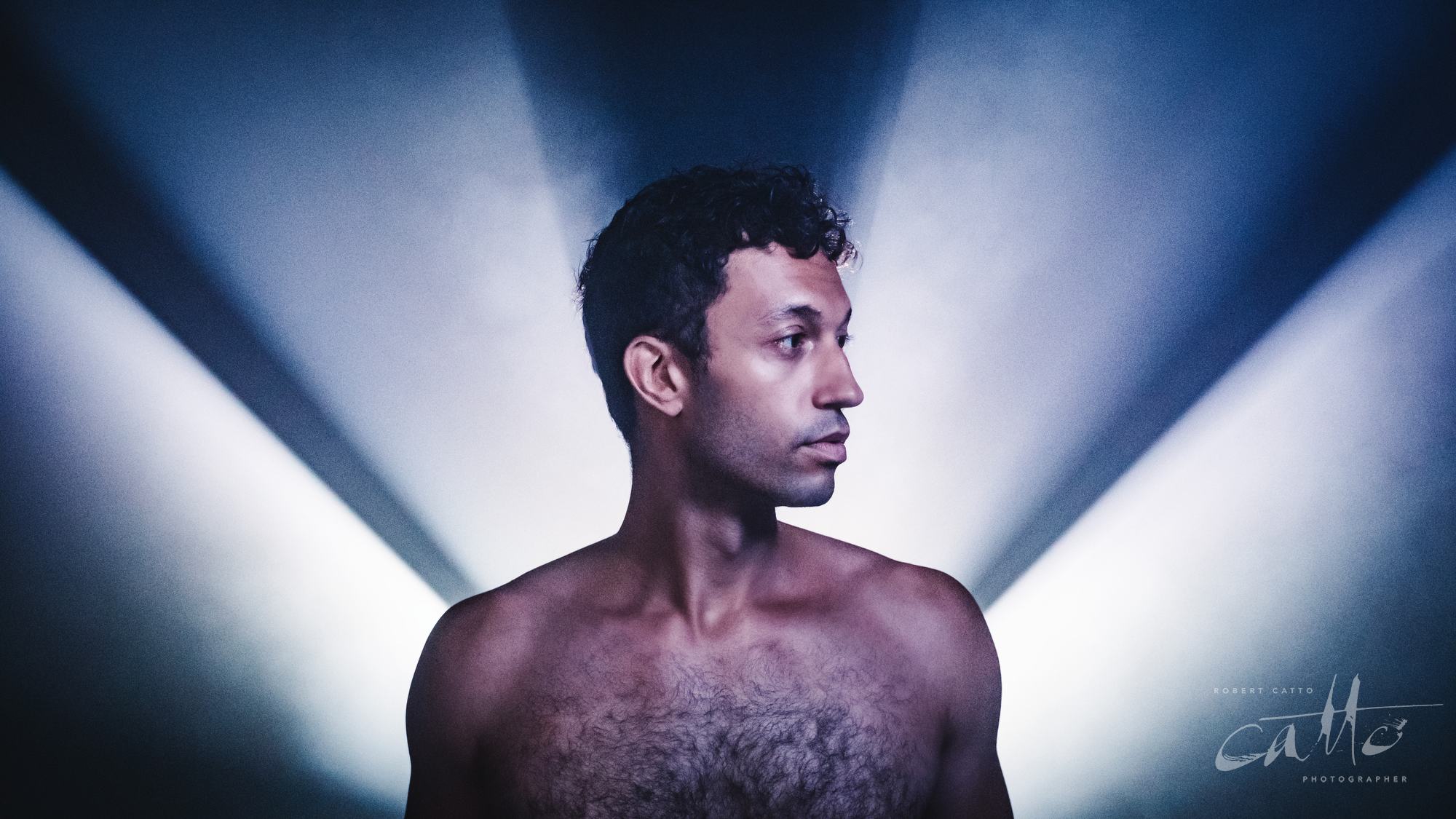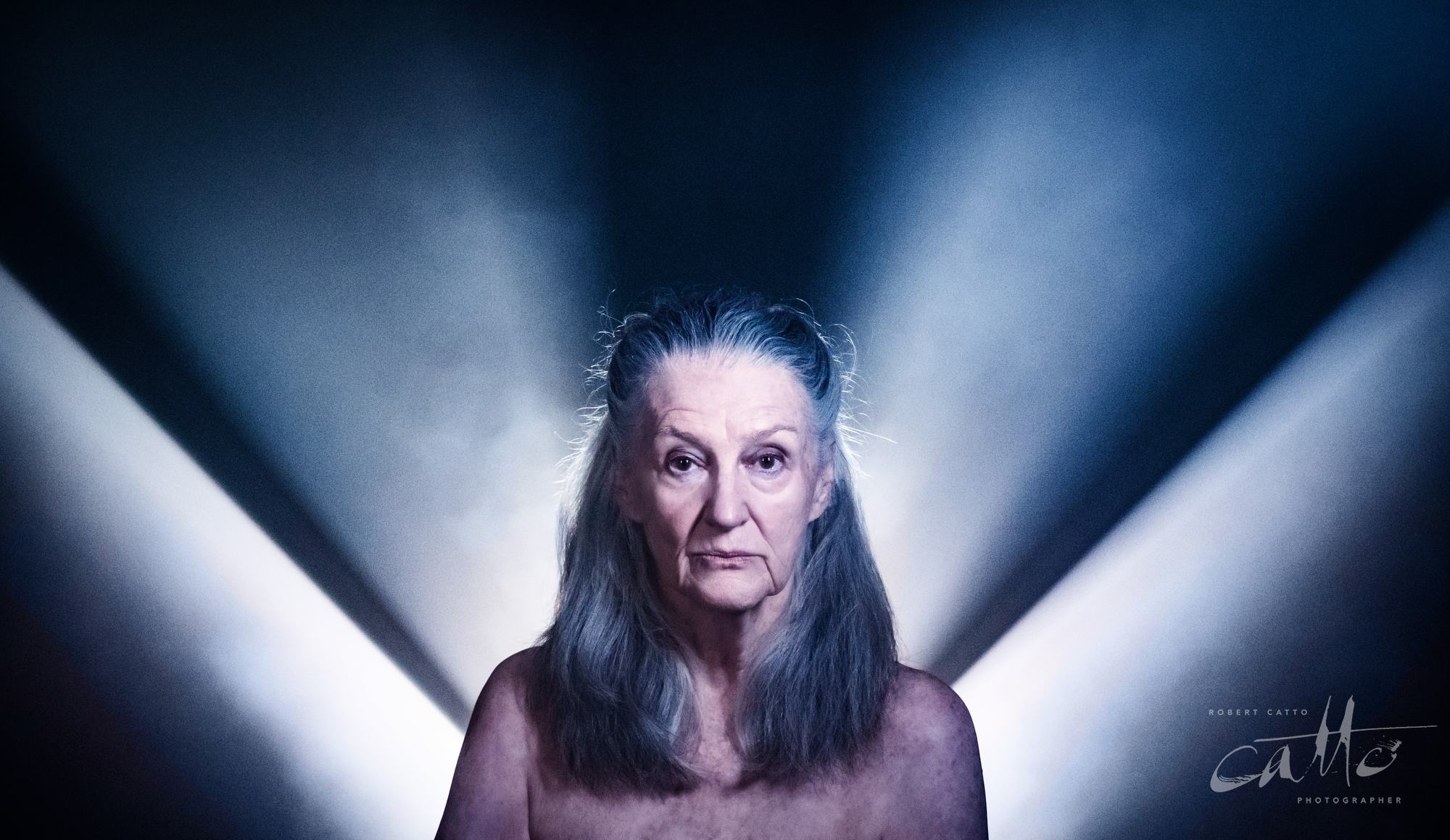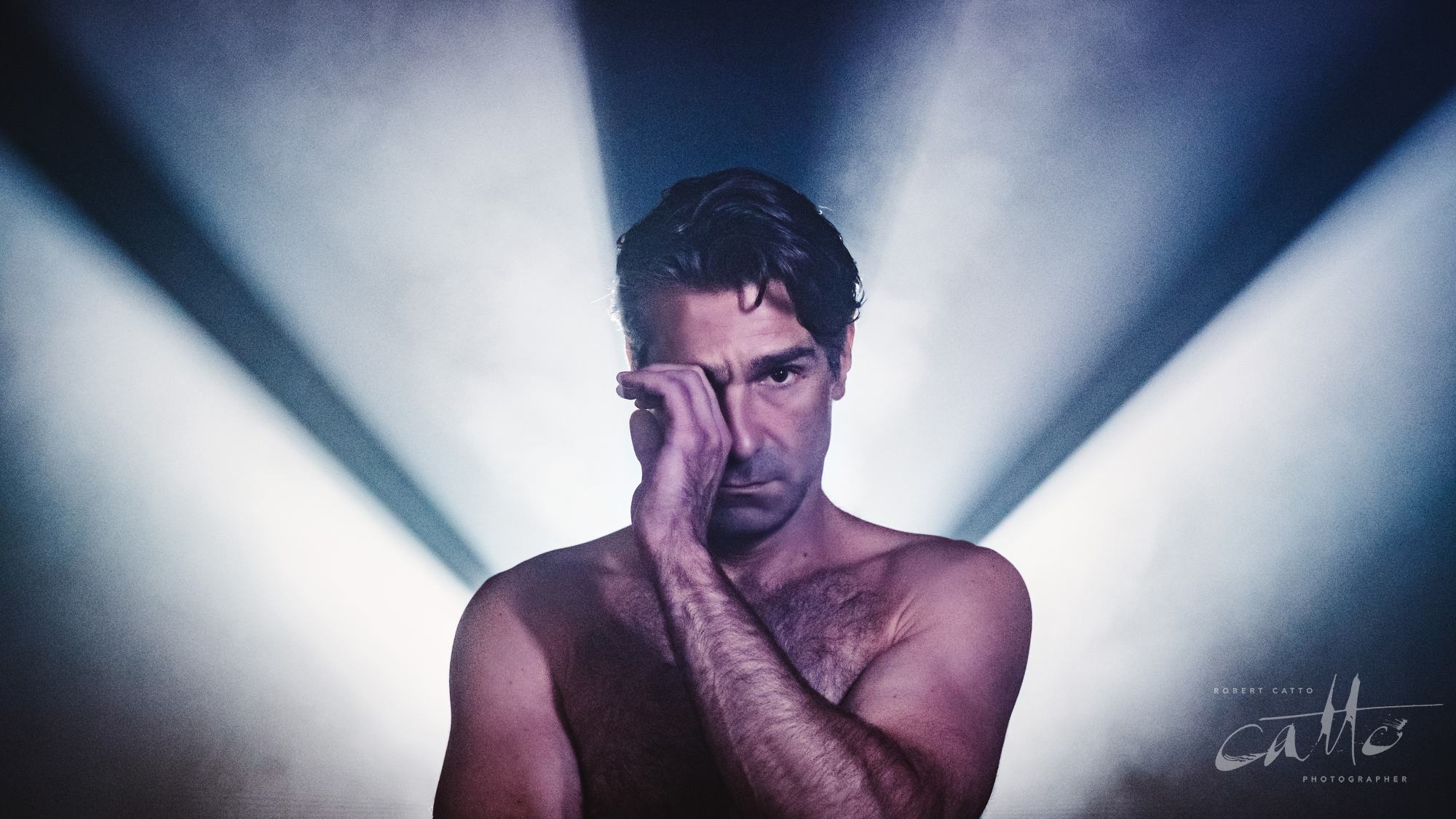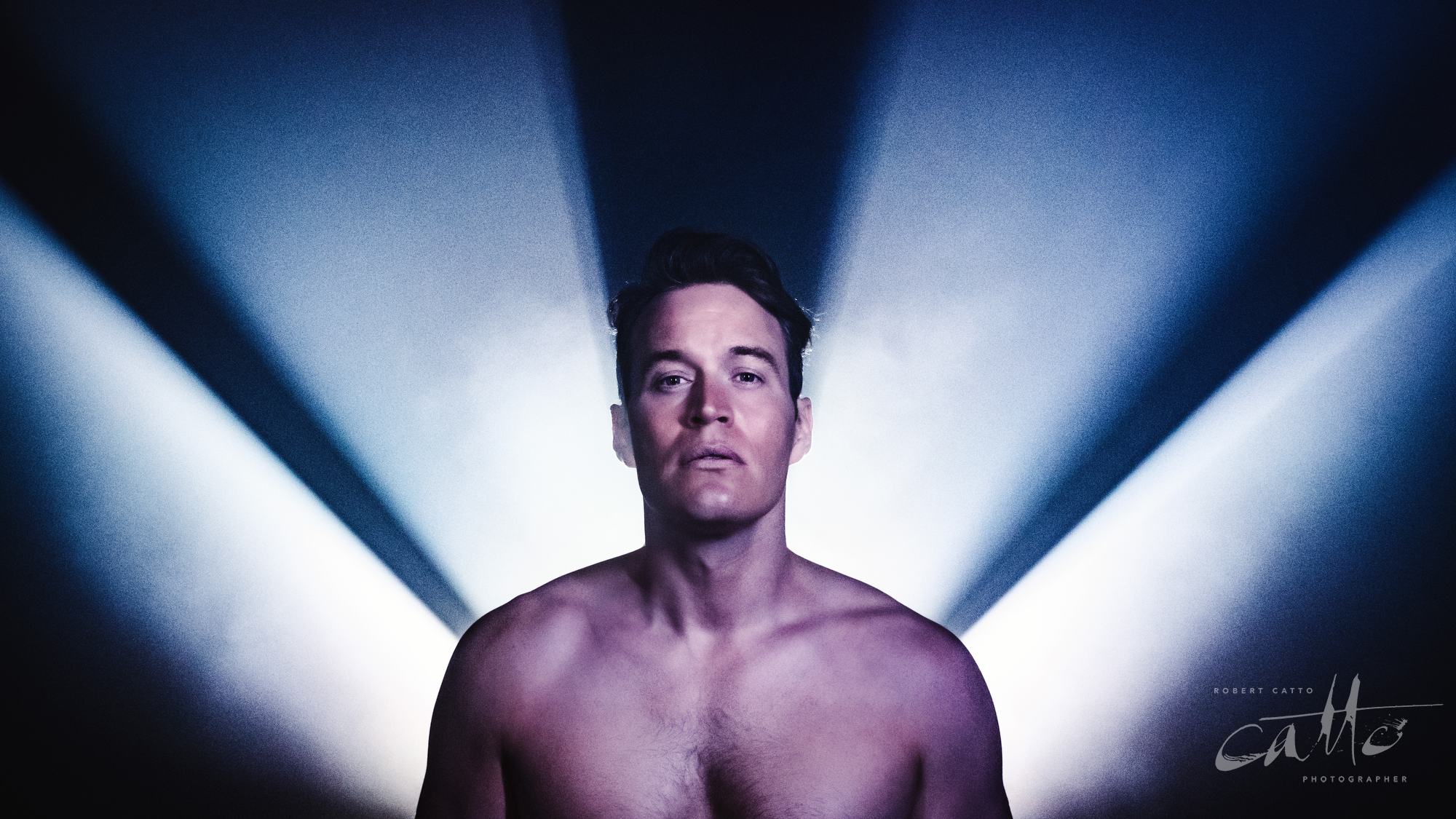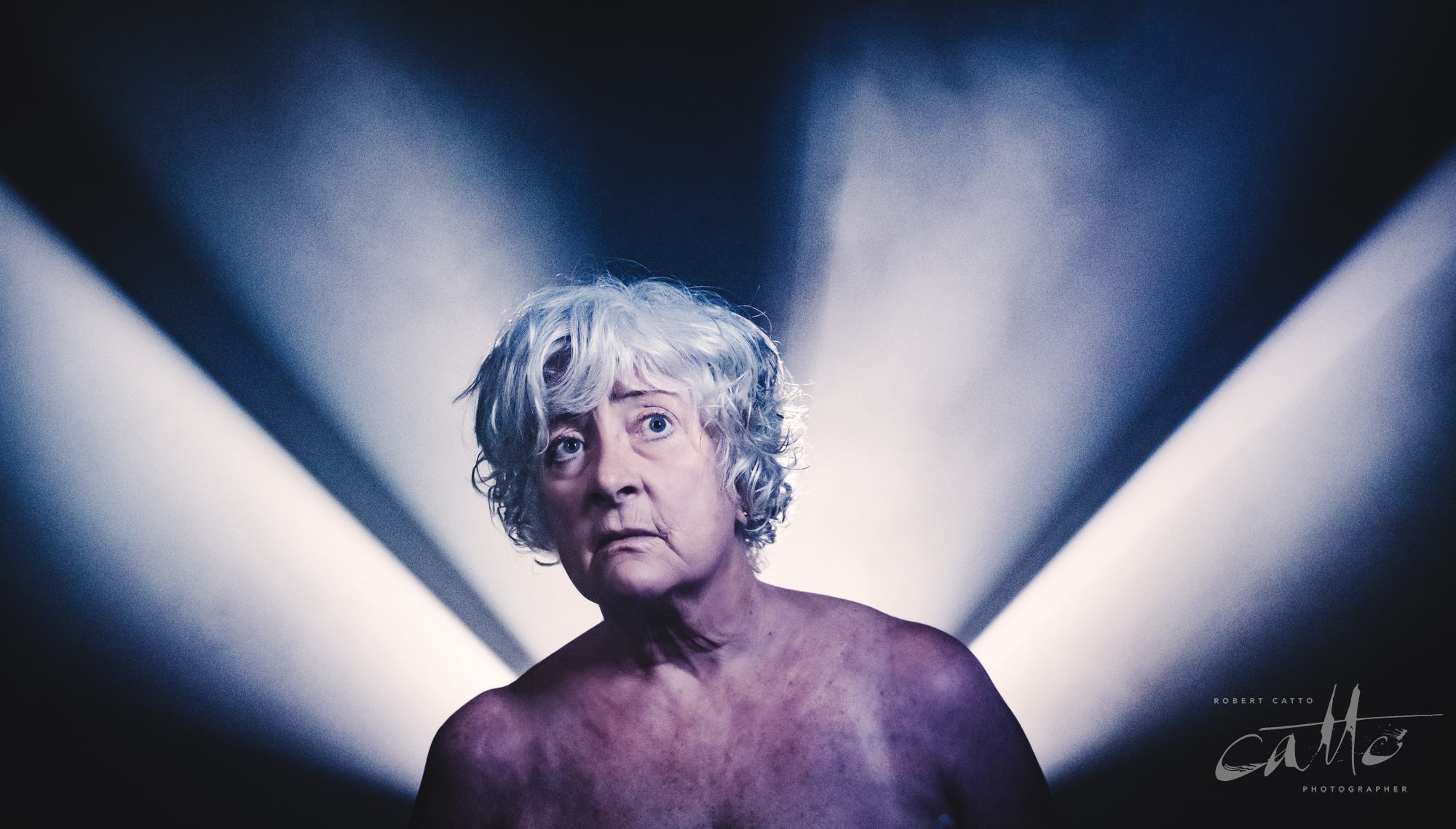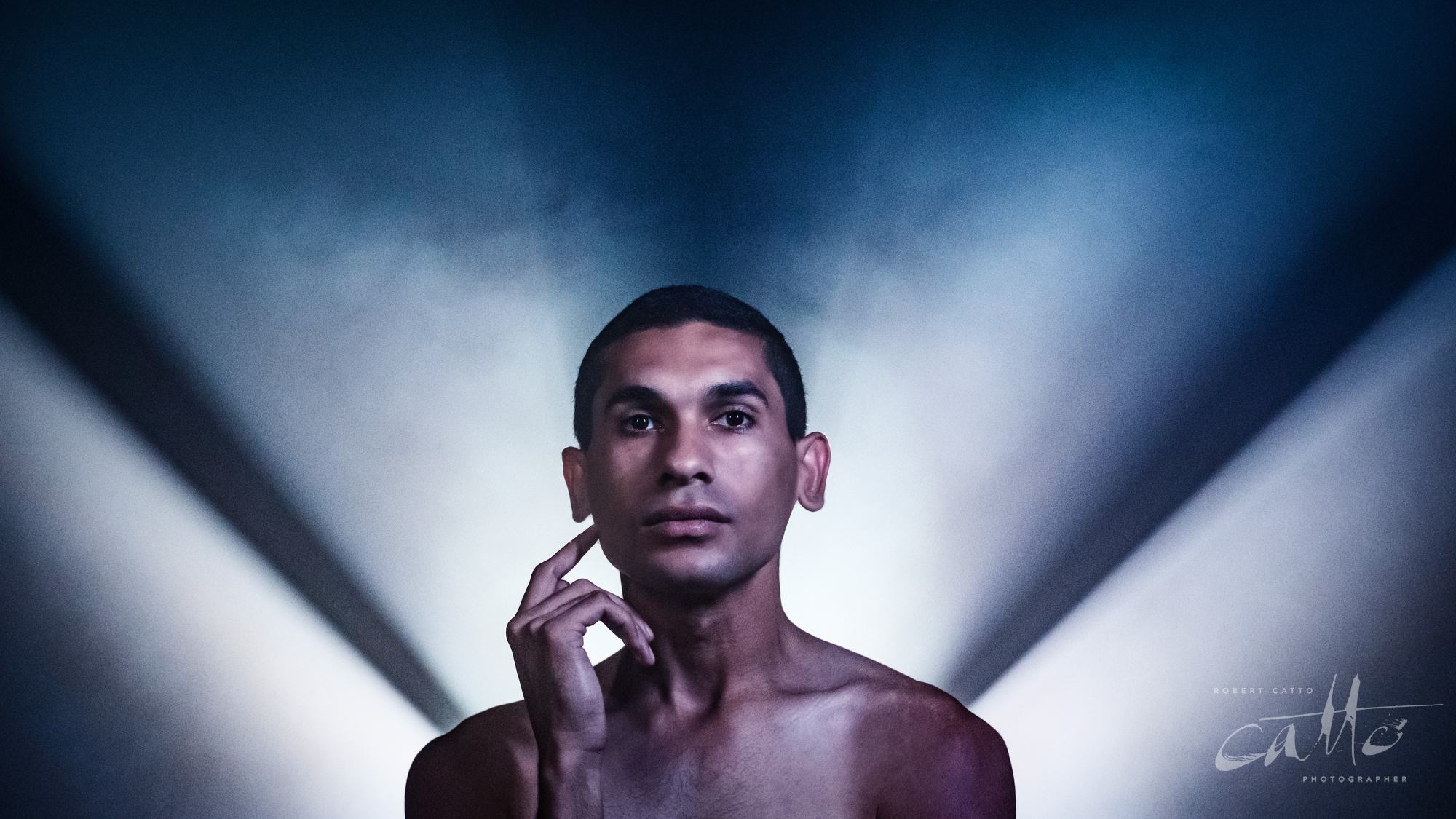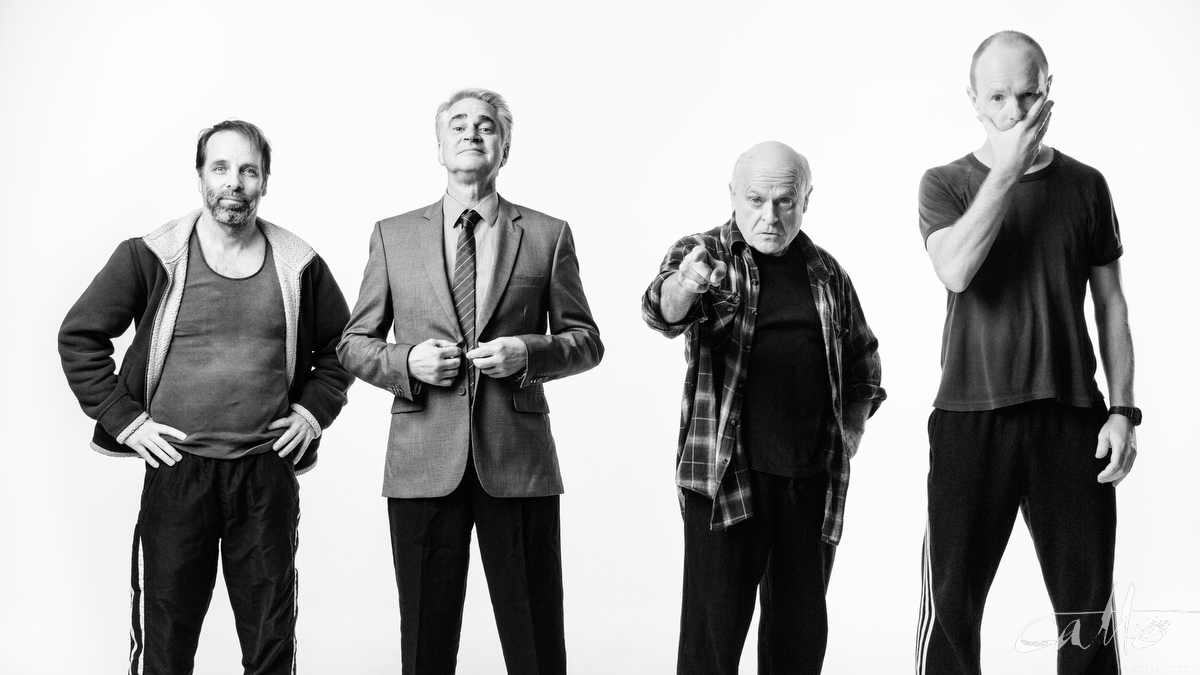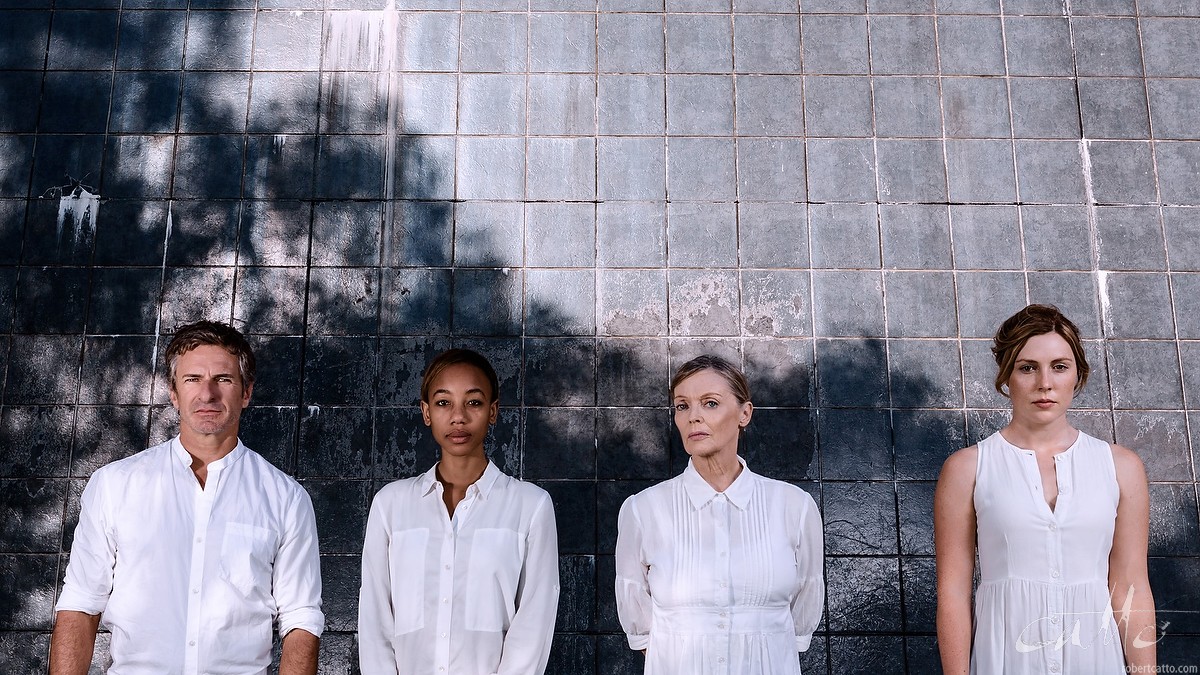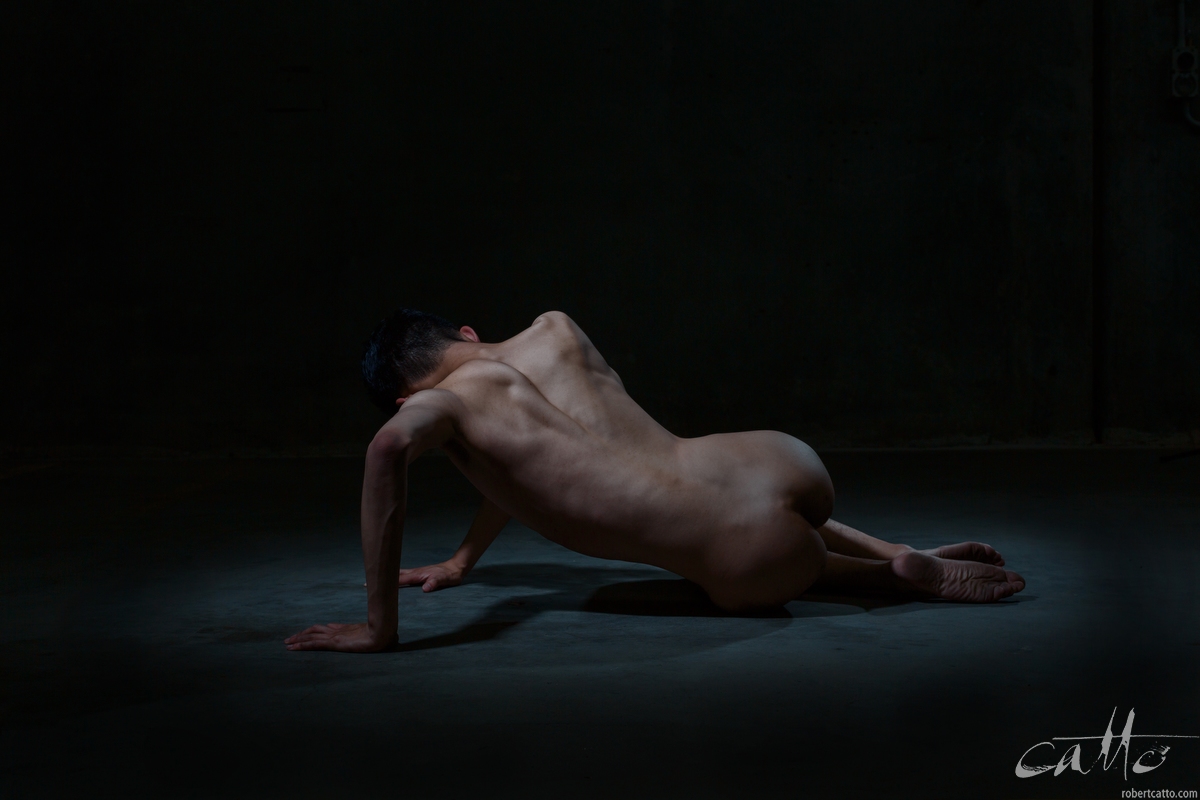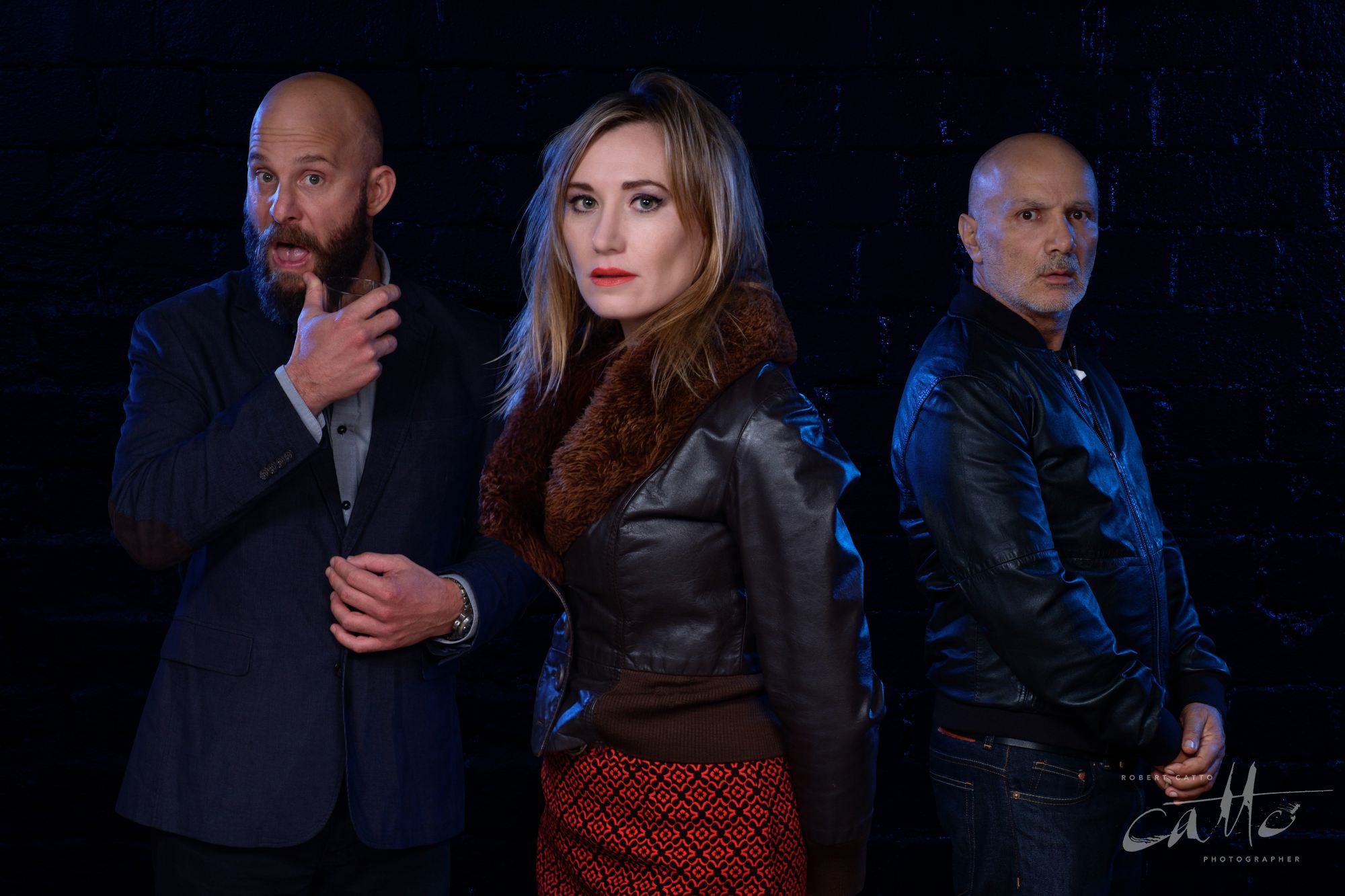Photographing the arts: on working long-term with your photographer
I’ve been working with director Dino Dimitriadis from Apocalypse Theatre for several years now, on shows around Sydney; in fact, I think Angels In America is our tenth production together! So it’s only natural that we’ve gotten to know each other’s methods of working, over that time.
It’s interesting to have an ongoing working relationship like ours; it’s not something that happens all that often, as a freelance photographer in the arts. Often we’re not contacted until quite close to production, with the result being that whoever’s available on the day is the person who does the work.
When I’m involved in the production from an early stage, with a director I know well, it means we can skip the preliminary conversations I need to have with a new client to make sure everyone will be happy with the results - making sure there will be enough wide angle images for designers’ portfolios, as well as landscape- and portrait-orientation ones for different social media & print needs later, and so on. Dino knows I already look out for that, and I have a pretty good idea of his visual taste in terms of imagery; so we can both save time and move on to more important topics.
So when we first get together to talk about a show, we’re already heading down the road to making it happen. Usually I’ve got a script, and have read through it myself and made notes of any themes or visual concepts that could be brought out in the publicity images - though in the case of this play, I’d seen it three (and a half) times before and photographed one part of it; so I came into the conversation with a bit of background already.
The question then becomes, what is the director’s take on it? My usual questions when I see a show are ‘why this play, why here, and why now?’ And the same applies when I’m working on it - what makes this show about us, in this place, at this moment - and how can I suggest that, visually?
The comment I made to Dino was that it was an interesting time to be revisiting Angels, now that the world feels more like the Eighties than it ever has since then. Just six years ago, when Belvoir did a production here in Sydney (as did Soulpepper in Toronto, both of which I saw), it felt historical - even slightly nostalgic. The fear of Soviet Russia and nuclear war, and the advancements and changes that had come in terms of equality over that time, made the Reagan-era politics in the script seem long-past.
How the world has changed…!
So when Dino described this as a fiercely close, physical, current piece of theatre, I knew exactly what he meant. The issues in the play are right back in the forefront of our minds; and doing it here, now, as part of the Sydney Gay & Lesbian Mardi Gras, in a space where the audience are right beside the characters as they go through this journey, makes perfect sense…
So for me, knowing Dino’s approach was about the immediacy and closeness of the performers, meant I approached the photography in the same way. Yes, there would still be images for the designers’ portfolios, of course - but he’s right, the play overall is in a lot of ways a chamber piece.
In the publicity images, working with our lighting designer Ben Brockman, we created what I called ‘wings of light’ - with a projector, and haze, on a darkened stage. I knew Dino wasn’t going to be making the angel’s wings physical in the production, so implying with light them meant we could capture the essence of the show without resorting to using elements from the production itself. But again, it was about closeness - keeping the image tight on the actors, while giving the wings space to fly.
In production, most scenes in Angels In America unfold between two or three people; and while sometimes that was performed across the full width of the stage, in the images I tended towards proximity - of the characters to each other, and also of myself to them. I often try to create images that show relationships on stage, while also creating depth in the image - often by moving around the theatre a lot to create the appearance of closeness between two actors, looking over one shoulder to see another’s reaction.
Here, I had the advantage of time with the performers, so I could wait for them to come to me - a bit more than I can on a 90-minute show, for example. But I also found moments where a solo image worked, to emphasise and underline the isolation those characters were experiencing, at that moment in the play.
In the event - and putting photography aside - the show was extraordinary; and also the fastest-selling production in the company’s history.
The reviewers got it, too -
★★★★ “This production reminds us that Angels doesn’t need fly towers or even a pair of wings to soar…” - Audrey Journal
★★★★ “This production isn’t above us, but of us – we are close enough to the work again to see our own reflection in it. It could crack you open…” - Time Out Sydney
★★★★ “Director Dino Dimitriadis' attention to detail helps this ambitious project soar… The world has turned since the play made its debut. But the questions the old Bolshevik poses are increasingly pressing: Are we doomed? Can we change in time?” - Sydney Morning Herald
“This transcendental drama is communicated through director Dino Dimitriadis’ pursuit of the sublime. The aesthetic world that he manufactures as vehicle for Kushner’s words, is heavy yet delicate, a sentimental embrace of past sacrifices, and a benediction that regards our future, as LGBTQI communities, with caution…” - Suzy Goes See
Only a few performances remain, and even fewer have tickets available. Catch it while you can - miss it at your peril.
Angels In America continues at the Old Fitz Theatre until 16 March 2019.
CAST:
Joseph Althouse, Catherine Davies, Maggie Dence, Ben Gerrard, Judith Gibson, Ashley Lyons, Gus Murray, Tim Wardell
CREATIVE TEAM:
Written by Tony Kushner
Directed by Dino Dimitriadis
Associate Producer Jens Radda
Set Designer Jeremy Allen
Costume Designer Maya Keys
Lighting Designer Benjamin Brockman
Composer and Sound Designer Ben Pierpoint

